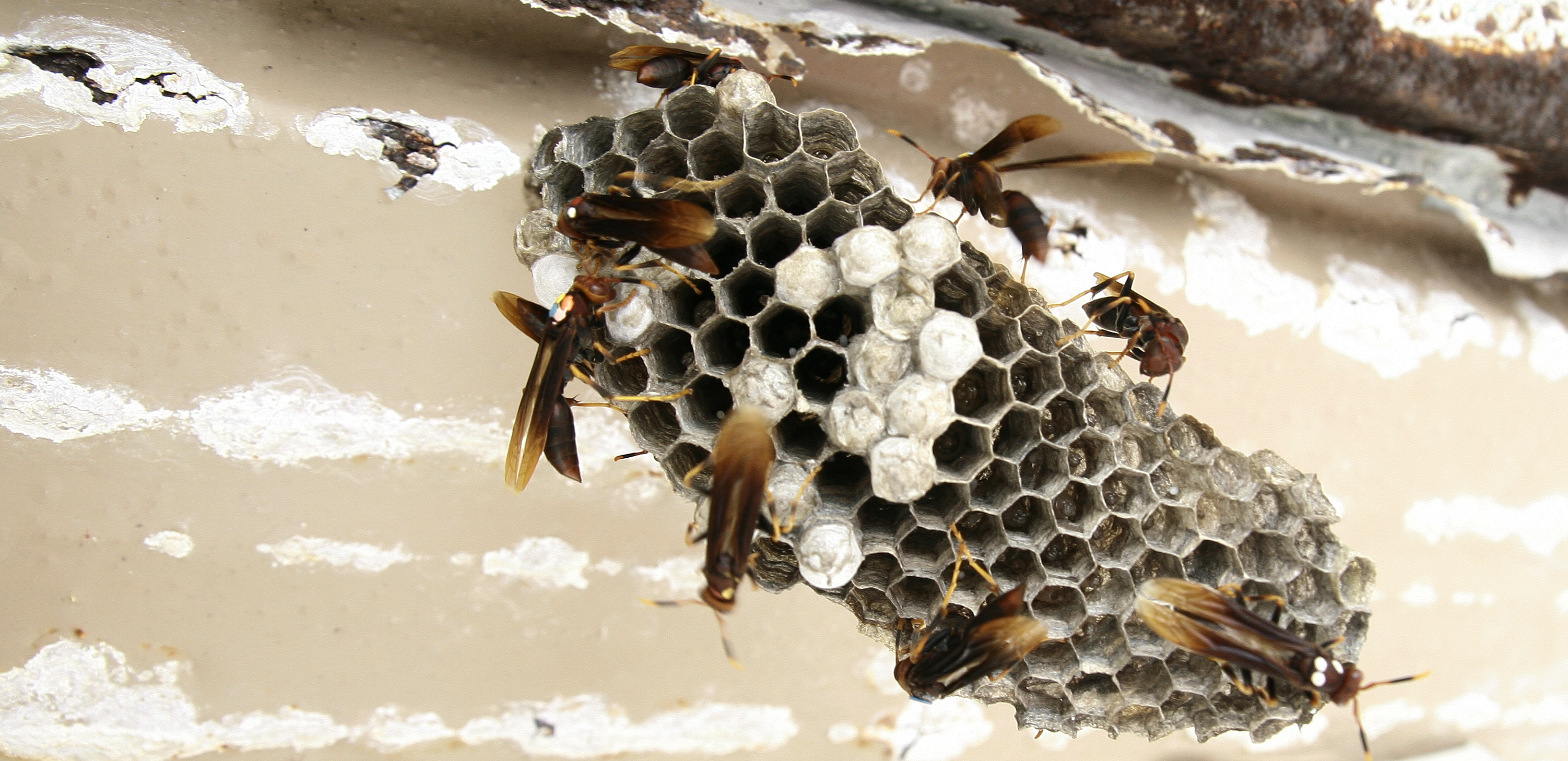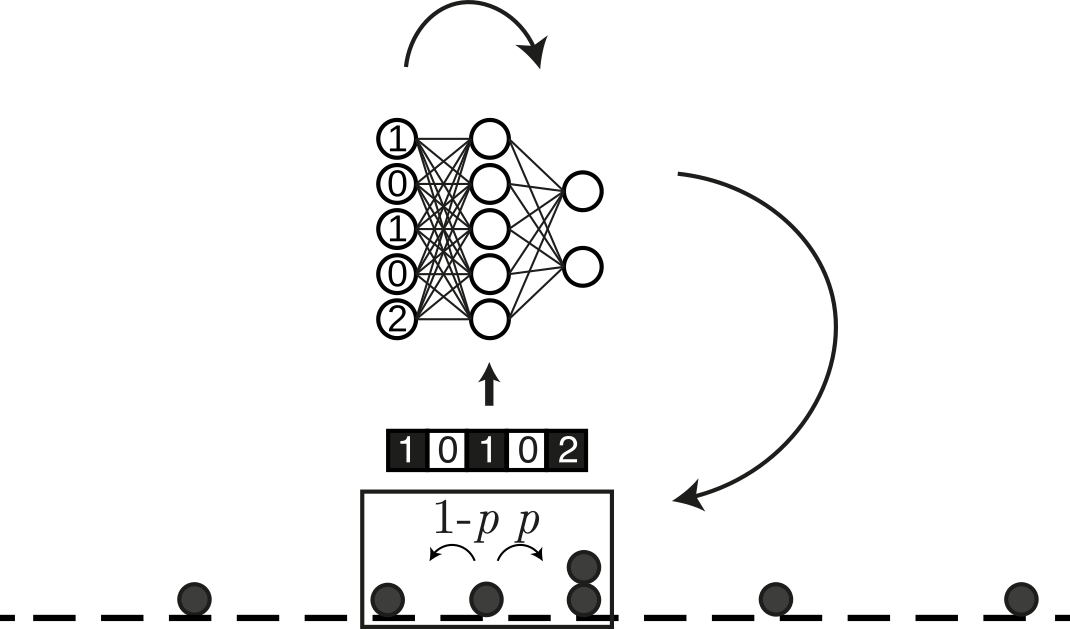My research is centred around the question of how can biological systems integrate processes at different levels of organisation, from the microscopic to the macroscopic, to robustly perform a large variety of functions. Below there is a (non-exhaustive) selection of my current research interests in no particular order.
Model-based inference of cell-cycle dynamics

The cell cycle of eukaryotic cells is a highly regulated process, composed of several steps that need to be carefully orchestrated and completed in a timely manner. To understand how the timing of cell cycle events depends on environmental conditions, we have developed a model-based inference framework that extracts the fraction of time allocated to the major cell cycle phases from high-throughput flow cytometry data of asynchronous cell populations. Importantly, our approach captures not only changes of the length of each cell cycle phase but also alterations in the underlying DNA replication dynamics.
Phenotypic plasticity in social insects

@Solenn Patalano
Biological systems can form and maintain complex structures in noisy environments while, at the same time, retaining the capability of remodelling such structures in response to the right cues. To address how biological systems simultaneously achieve robust specialisation and rapid plasticity, we have studied how these properties emerge from the interplay between processes taking place at the molecular and population levels in colonies of primitively social insects.
Driven stochastic many-particle systems

Active systems exhibit collective properties not present in their passive counterparts, such as flocking or motility induced phase separation. These properties arise as a result of the nature of inter-particle interactions, which are commonly considered to be time independent. However, in many situations of interest the interactions are shaped by the dynamics themselves. Inspired by living systems constantly adapting to changes in their surroundings, we propose a minimal model for adaptive active matter as a stochastic lattice gas of particles driven by deep neural networks. In particular, we study the emergence of collective behaviour from inter-particle interactions that depend on the history of the dynamics.